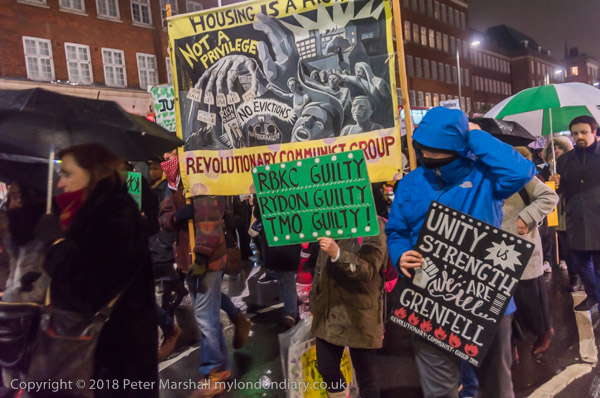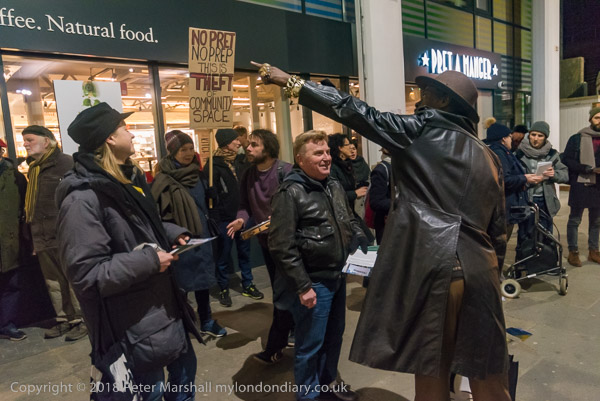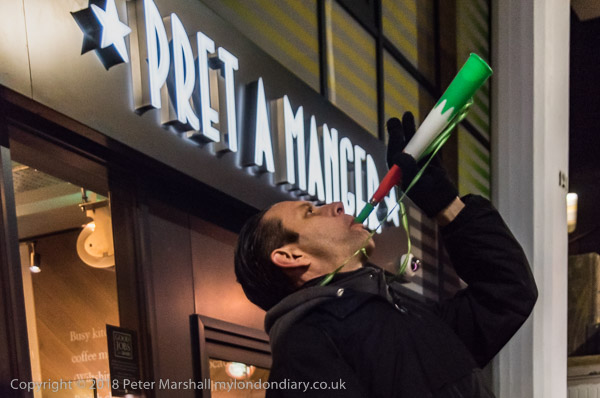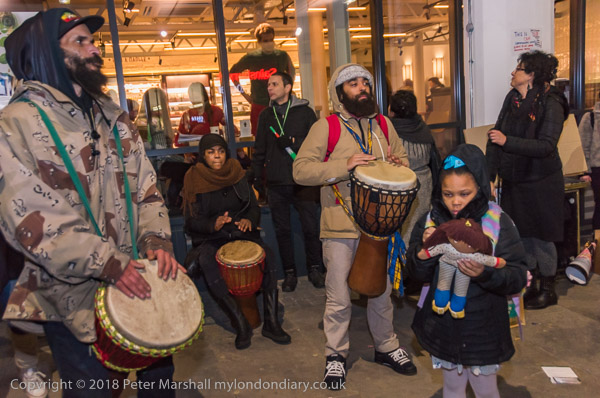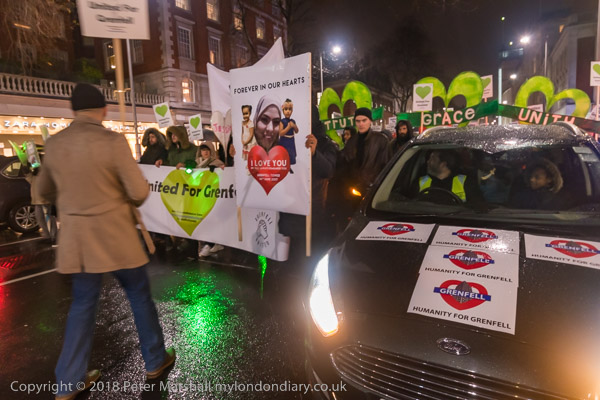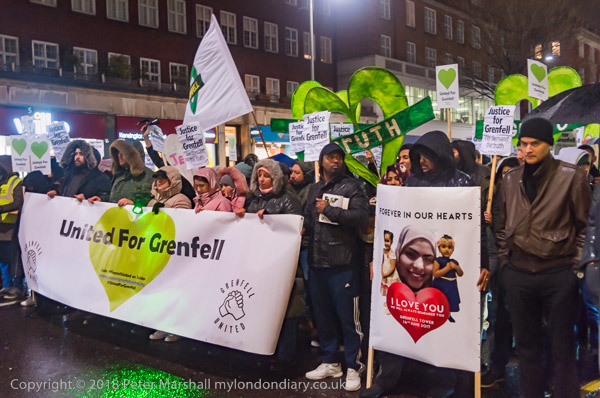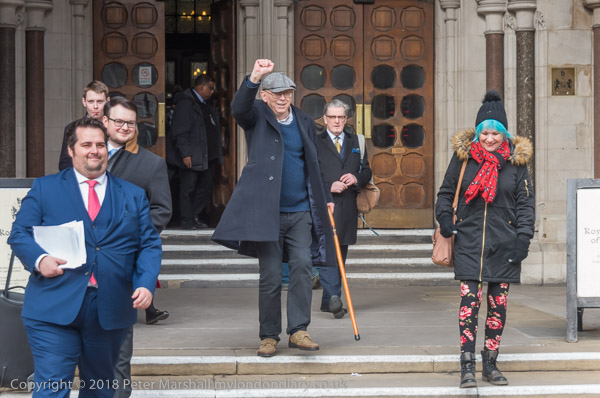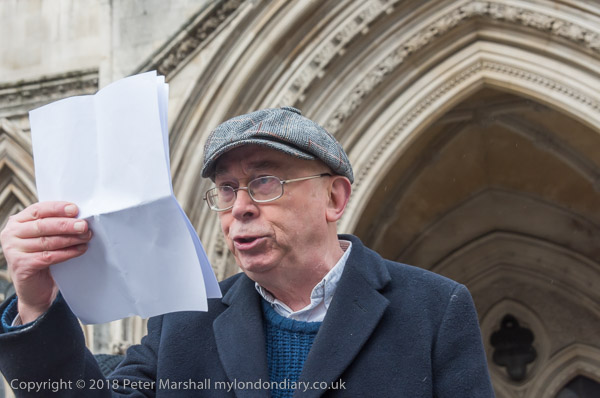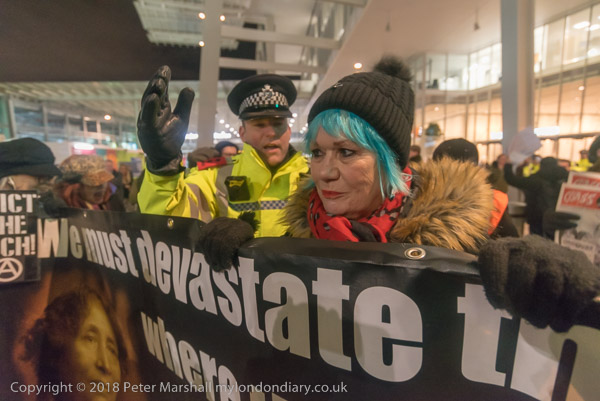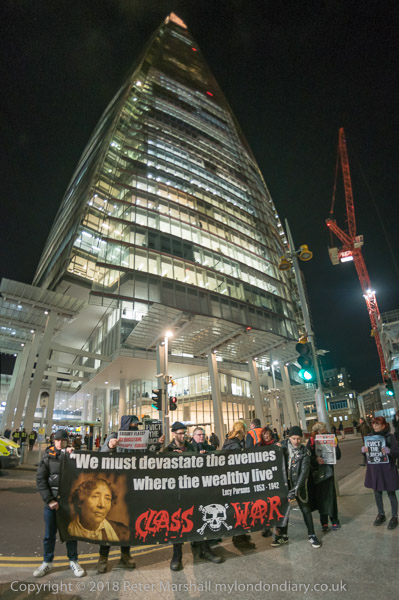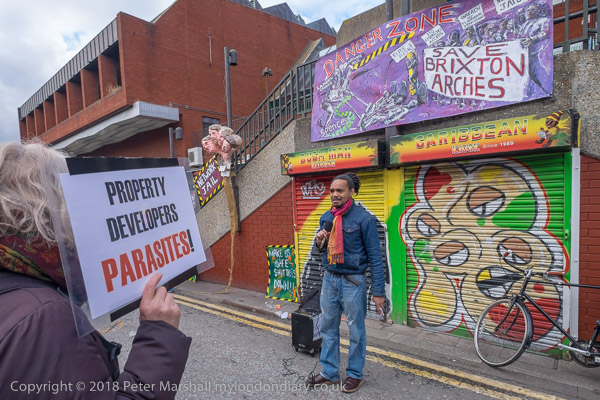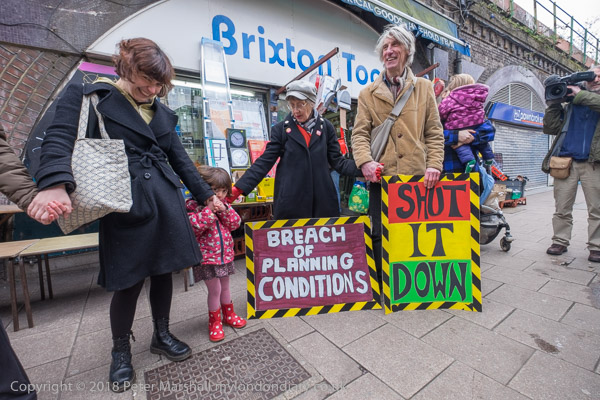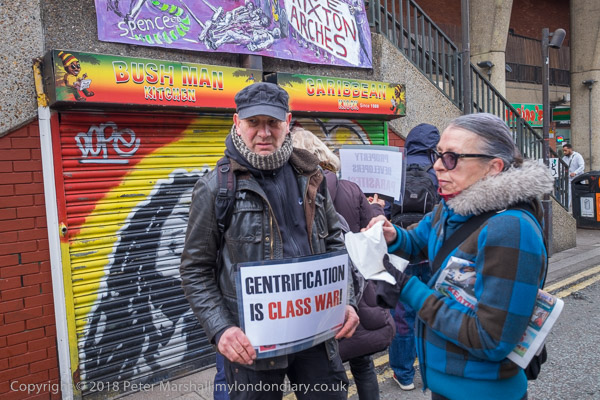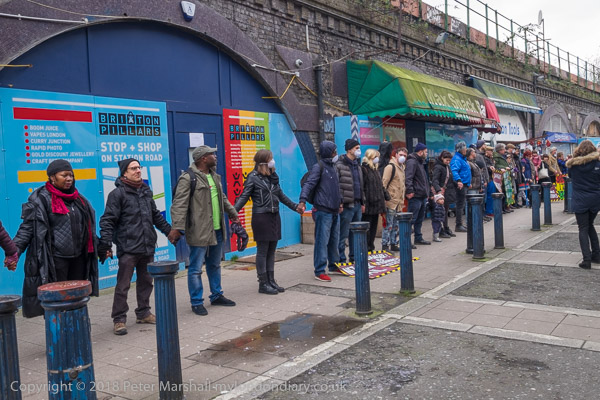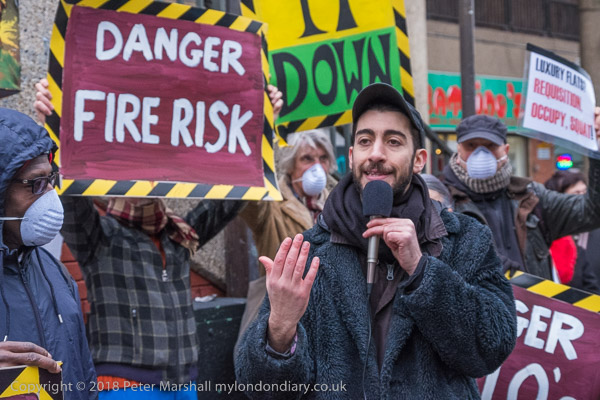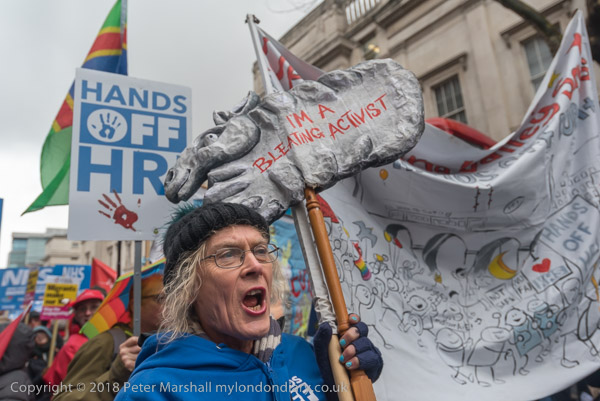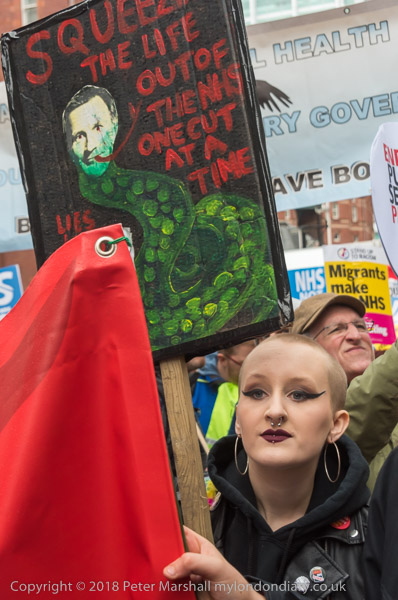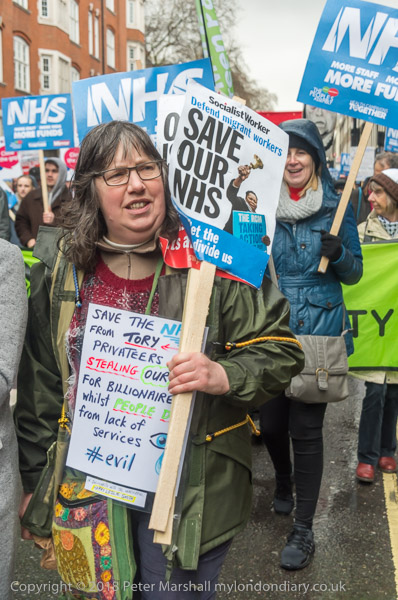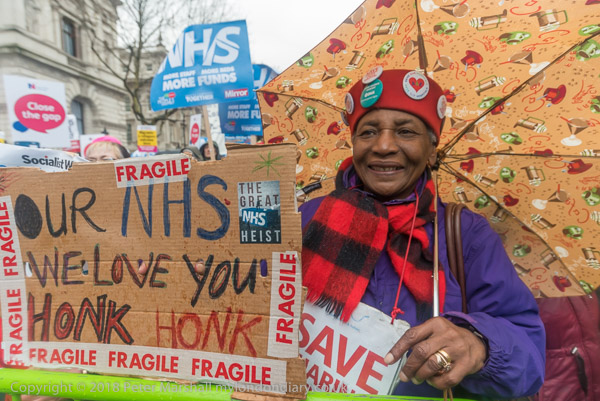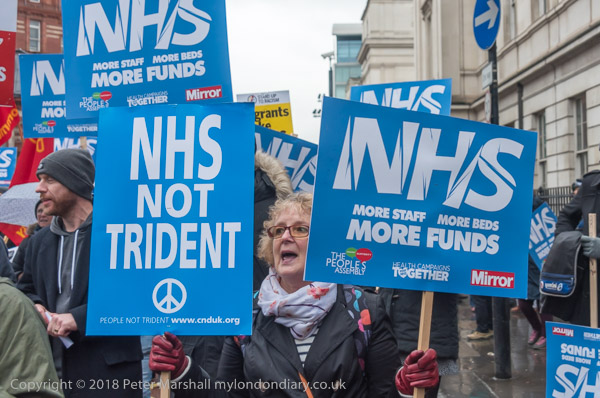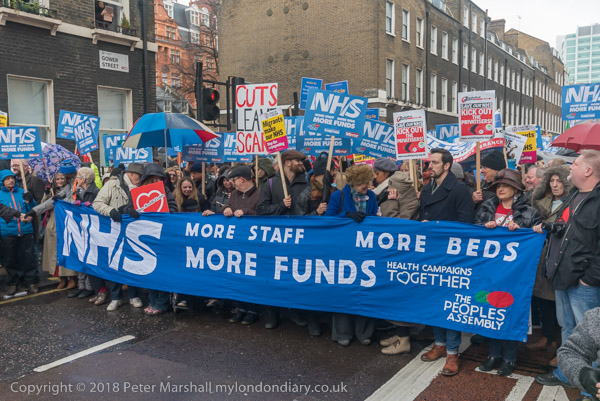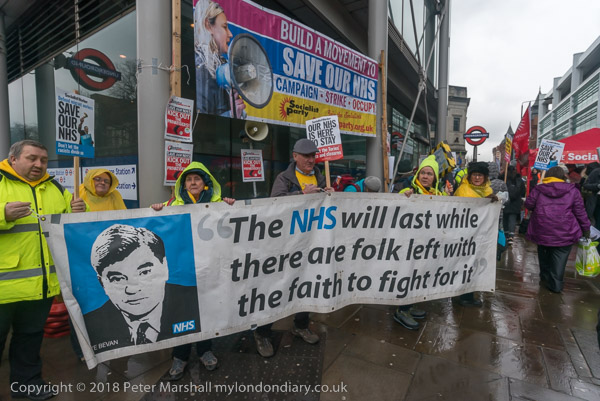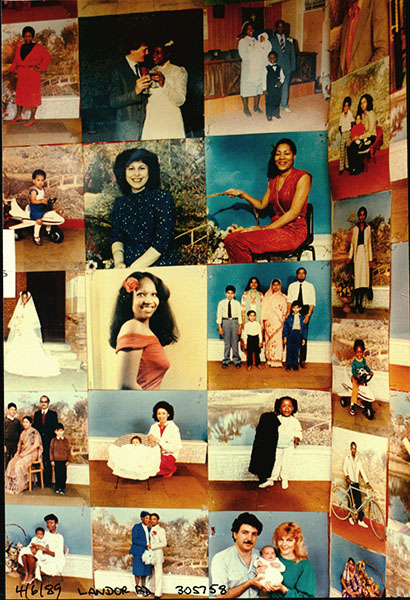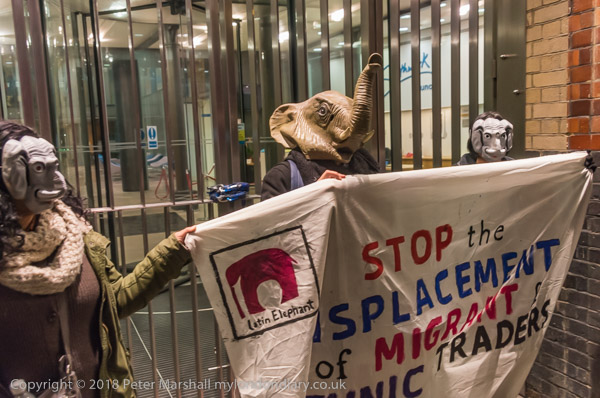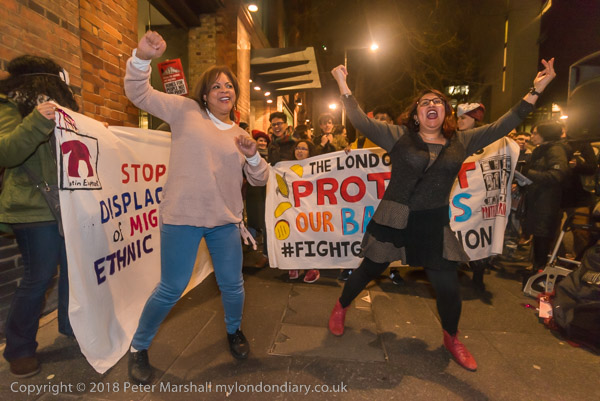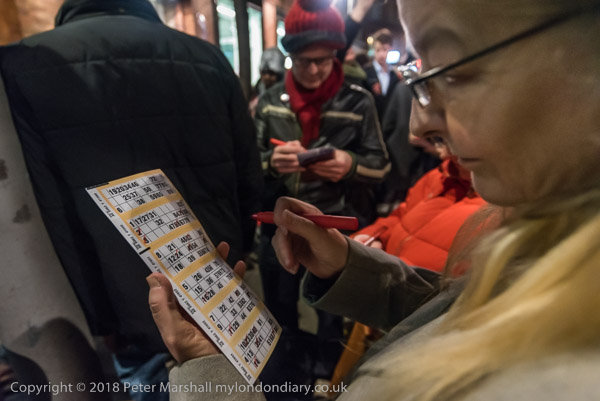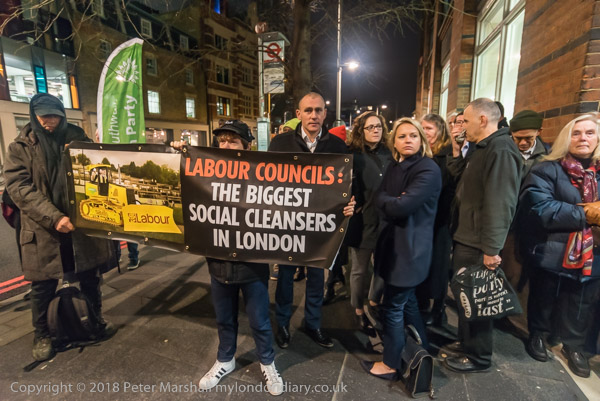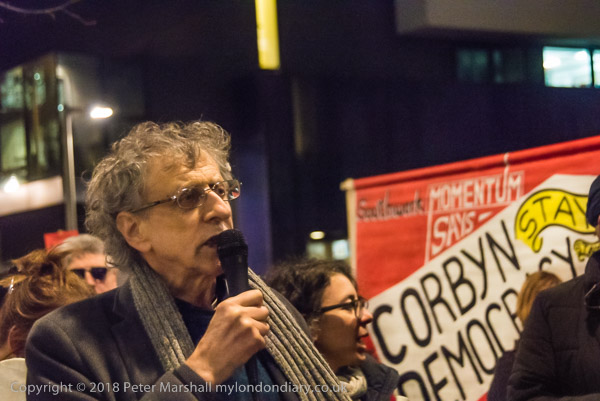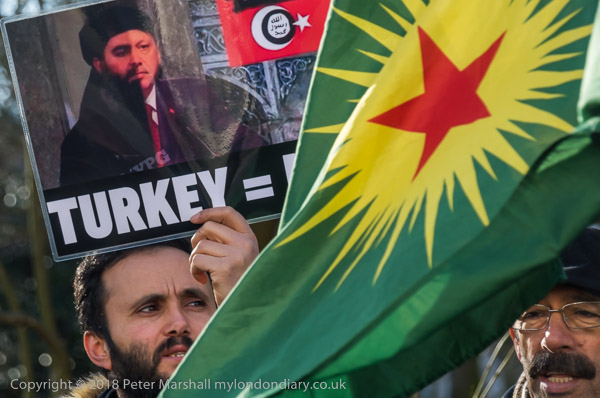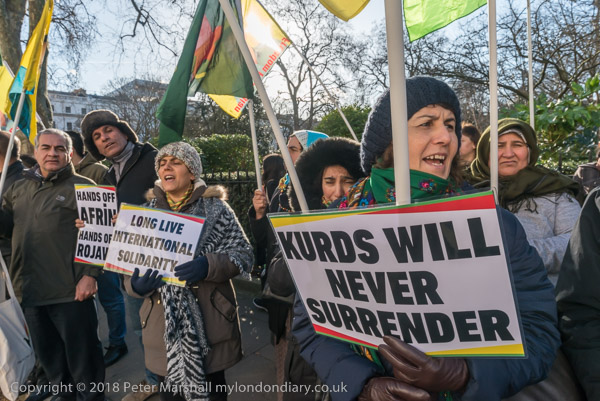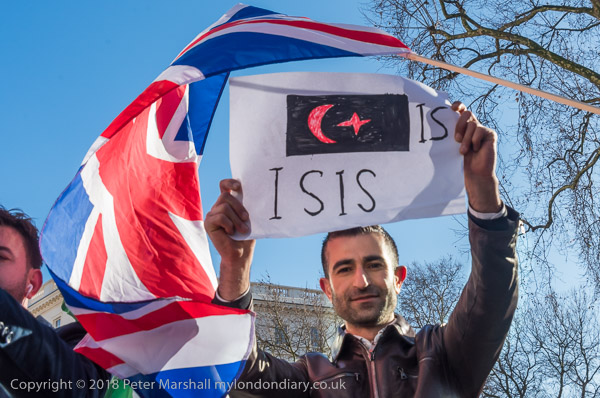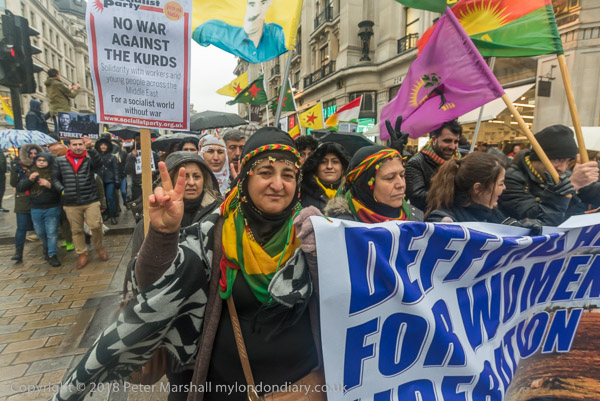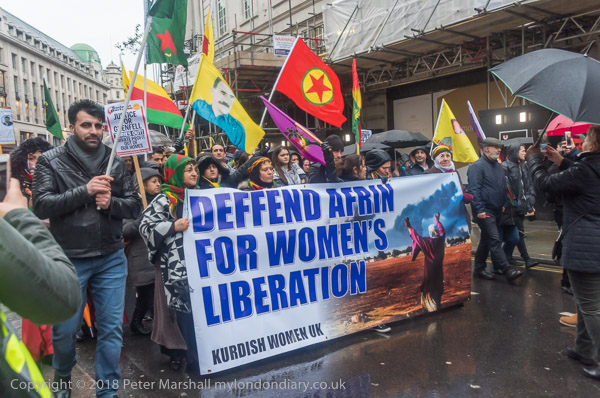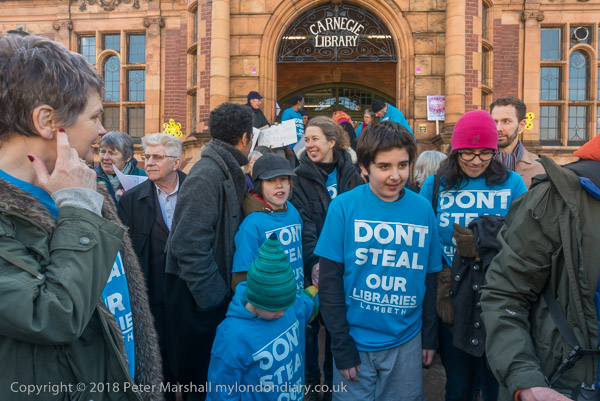
Lambeth Council have a problem with their libraries. Put simply they cost money to run but don’t generate any income. You might think that a Labour council would understand the idea of public service, would recognise the value of libraries to the community, but apparently not.
As someone who grew up in poverty I know from personal experience the value of a library, which opened a whole world to me. We did have a few books at home, I think most had come as presents or from jumble sales or passed down from relatives, but the weekly walk to the library with my siblings was an important part of our week. I was fortunate that only half a mile away there was a good library, part of a early 20th century civic centre, with swimming baths, library (and a later children’s library) and council offices. It’s perhaps a sign of the times that the site is now a shopping centre.
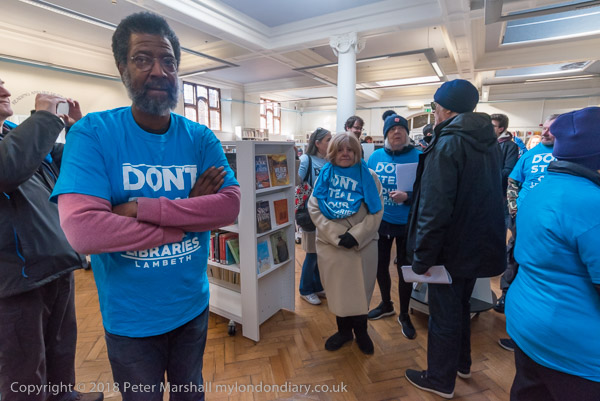
Lambeth Labour are turning the Carnegie Library in Herne Hill into a gym, which will serve the few in the community willing to pay for its services. The main room, where there are now some books and which we were allowed into, will no longer be a library but will be a hall for hire, although with very limited facilities.
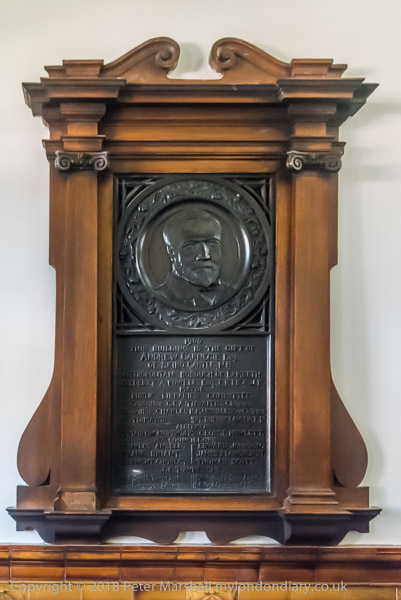
Andrew Carnegie was born in Scotland, where his family struggled to make a living and emigrated to the USA when he was 13. Times were tough there too, and he started work there in a cotton mill in Pittsburg, working 12 hour days 6 days a week for the equivalent (allowing for 170 years of inflation) of around 38p an hour. A few years later he became a messenger boy for the Ohio Telegraph Company in Pittsburgh, impressing people there with his hard work and skill. While there, Wikipedia states:
Carnegie’s education and passion for reading was given a great boost by Colonel James Anderson, who opened his personal library of 400 volumes to working boys each Saturday night.[21] Carnegie was a consistent borrower and a “self-made man” in both his economic development and his intellectual and cultural development. He was so grateful to Colonel Anderson for the use of his library that he “resolved, if ever wealth came to me, [to see to it] that other poor boys might receive opportunities similar to those for which we were indebted to the noble man”.
It was a promise he made good on, after having made a small fortune in railways and following this a very large one in building up the US steel industry, selling his huge share in this to J P Morgan in 1901 for around $230 million, and devoted the rest of his life until his death in 1919 to philanthropy. By the time of his death he had given away around 90% of his wealth – a total of around $350 million, and the residue was given away in his will.
Carnegie was clearly a remarkable man, but Carnegie Steel was a ruthless organisation responsible for one of the bloodiest anti-union fights in history, the 1892 Homestead Strike, when his business partner (Carnegie was away in Scotland) ordered in Pinkerton Agents to protect the strikebreakers who had been brought in to keep the mills rolling. Ten men were killed and hundreds injured and the strike beaten, with the workers replaced by non-union immigrants.
It’s perhaps particularly appropriate to mention now that Carnegie Steel’s huge success owed a great deal to secret lobby of the US Congress by Carnegie to get favourable US trade tariffs for the steel industry, and that, according to Wikipedia “Carnegie’s success was due to his convenient relationship with the railroad industries, which not only relied on steel for track, but were also making money from steel transport. The steel and railroad barons worked closely to negotiate prices instead of free market competition determinations.” Not for nothing did he and the others become known as “robber barons.”
Carnegie had already begun his philanthropy in 1879, building swimming-baths in his home town of Dunfermline and the first Carnegie Library there in 1880. Many educational establishments benefited from his wealth and he funded around 3,000 free public libraries throughout the United States, Britain, Canada and other English-speaking countries for a total of around $60 million. Carnegie provided the buildings and fittings, but the local authorities had to provide the land and agree to provide the money to maintain and operate them.
Its a promise that councils in Lambeth more or less kept, though the maintenance has often been skimped, from when the Grade II listed library was opened in 1906 until its closure in 2016 when it reneged on this commitment.
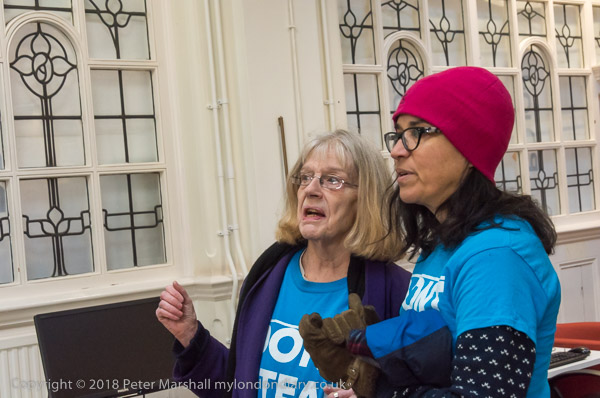
The closure for the building to be converted into a gym run by a private company led to a community occupation and a number of protests. We were there in February for a partial re-opening, of what the library campaigners described as a ‘fake library’, offering a very limited service on a temporary basis. They say it is being done a few months before May’s local elections in an attempt to defuse the closure issue politically.
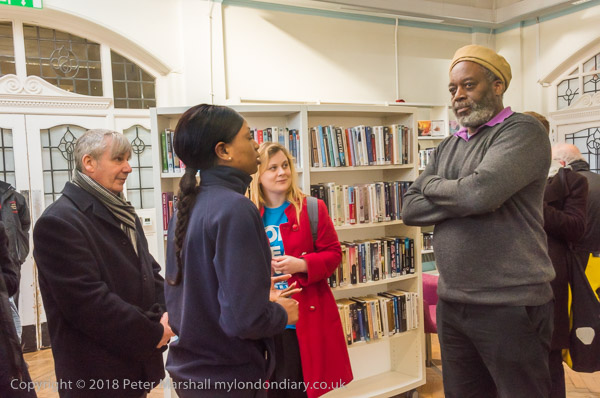
Among those taking part in the protest were Unison safety inspectors. The library managers who were staffing the library for the opening attempted to prevent them from making an inspection, but they went ahead, and after we had been inside for 15 minutes called on everyone to leave as they declared the premises unsafe, with building work and gas cylinders obstructing the fire exit, unsafe temporary toilet facilities, unsafe heating and a lack of disabled access. They are advising union members to refuse to work there.
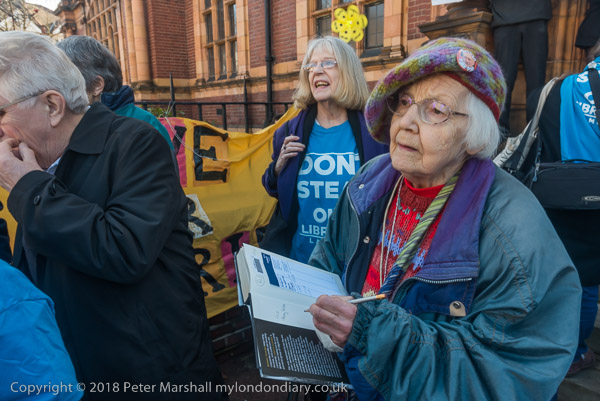
We left and the protest continued with speeches on the steps outside. One woman had brought out a book from the library, pointing out that there were no security measures in place to stop members of the public from stealing books.
More pictures: Lambeth Council opens fake Carnegie library
________________________________________________________
There are no adverts on this site and it receives no sponsorship, and I like to keep it that way. But it does take a considerable amount of my time and thought, and if you enjoy reading it, a small donation – perhaps the cost of a beer – would be appreciated.
My London Diary : London Photos : Hull : River Lea/Lee Valley : London’s Industrial Heritage
All photographs on this and my other sites, unless otherwise stated, are taken by and copyright of Peter Marshall, and are available for reproduction or can be bought as prints.
To order prints or reproduce images
________________________________________________________
